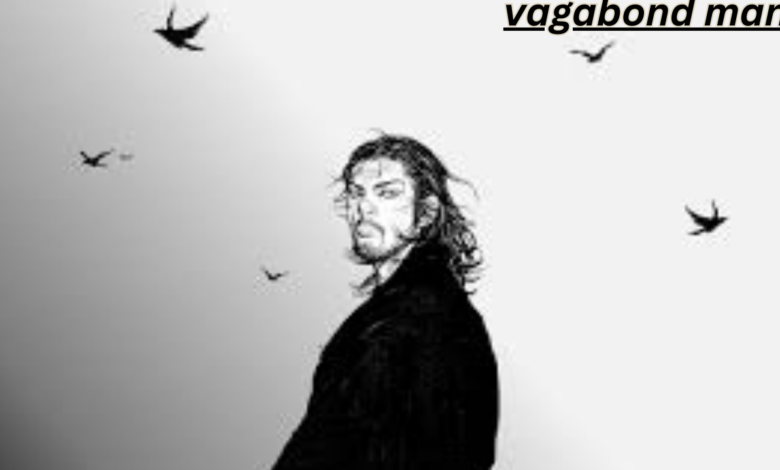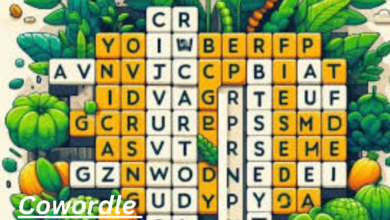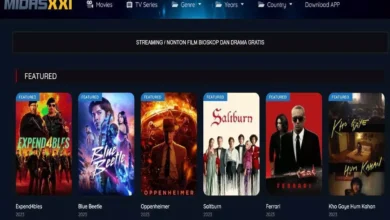Vagabond Manga Characters An In-Depth Look at the Iconic Figures

Vagabond manga has captivated readers with its breathtaking art and profound storytelling. This masterpiece, created by Takehiko Inoue, is a retelling of the life of Miyamoto Musashi—a legendary swordsman from Japan’s tumultuous past. But it’s not just about epic duels and stunning landscapes; it’s also about the characters that breathe life into this narrative.
Each figure in Vagabond brings unique traits and depth to the story. From fierce warriors to wise mentors, these characters are layered, each grappling with their own challenges. As we explore these iconic figures, we’ll delve into their development and the themes woven throughout this incredible saga.
Join us as we take an in-depth look at Vagabond manga characters that have left an indelible mark on both fans and the genre itself. The journey through Musashi’s world promises insight into what makes these personalities truly unforgettable.
The Main Protagonist: Miyamoto Musashi
Miyamoto Musashi stands as the central figure in Vagabond, embodying the spirit of a wandering samurai. His character is a complex blend of fierce warrior and introspective philosopher.
Musashi’s journey transcends mere swordsmanship; it’s about self-discovery. He faces both external battles and internal struggles, reflecting his quest for purpose. Each duel is not just physical but also a lesson in humility and growth.
His relationships deepen the narrative, particularly with characters like Kojiro Sasaki. These connections add layers to his persona, revealing vulnerability behind his tough exterior.
Through Musashi’s eyes, readers explore themes of loneliness, ambition, and the relentless pursuit of mastery. His evolution from an arrogant youth to a wise warrior serves as an inspiration for many seeking their own path in life.
Supporting Characters:
Supporting characters in Vagabond play crucial roles that enrich the narrative. Each one adds depth to Musashi’s journey and helps shape his philosophy.
Kozue, for instance, embodies innocence and represents a world untouched by violence. Her presence serves as a poignant contrast to the chaos surrounding Musashi.
Then there’s Sasaki Kojiro, who stands out not only as an adversary but also as a kindred spirit. Their rivalry becomes a philosophical exploration of mastery and purpose.
Otsu is another significant figure whose love for Musashi offers emotional grounding amidst turmoil. She encapsulates the personal sacrifices made during turbulent times.
These characters are intricately woven into the fabric of the story, each contributing unique perspectives on honor, ambition, and human connection. They elevate Vagabond beyond just a tale of swordsmanship; it becomes an examination of life itself through diverse lenses.
Character Development and Themes in Vagabond Manga
Character development in Vagabond is profound and multifaceted. Each character grapples with personal struggles that mirror the tumultuous times they inhabit.
Miyamoto Musashi’s journey from a reckless youth to a contemplative warrior showcases his internal battles. His evolution is marked by moments of introspection and fierce determination.
Supporting characters also undergo significant transformations. They are not mere sidekicks; each one embodies themes of honor, ambition, and redemption. Their arcs intertwine with Musashi’s, enriching the narrative depth.
Themes of solitude, destiny, and the pursuit of mastery resonate throughout the story. The quest for self-discovery drives many characters forward while exploring their relationships with others.
Through beautifully crafted dialogues and stunning visuals, these themes unfold organically. Readers witness how choices shape destinies in this intricate tapestry of human experience within Vagabond manga.
Impact and Legacy of the Characters
The characters in Vagabond have left an indelible mark on the world of manga. Their intricacies resonate deeply with readers, transcending cultural boundaries.
Miyamoto Musashi’s relentless pursuit of mastery inspires countless individuals seeking self-improvement and discipline. His journey reflects a universal quest for identity that many can relate to.
Supporting figures like Kojiro Sasaki and Otsu enrich the narrative, exploring themes of rivalry, love, and sacrifice. These relationships give depth to Musashi’s character while illustrating the complexities of human connection.
Moreover, their philosophical dialogues prompt introspection about life’s purpose and morality. Fans often find themselves questioning their values through these exchanges.
Vagabond has influenced numerous creators across various genres as well. Its characters serve as benchmarks for character development in storytelling worldwide—reminding us that great narratives shape not just stories but also cultural conversations around them.
Conclusion
Vagabond Manga characters have left an indelible mark on the world of storytelling. From the fierce determination of Miyamoto Musashi to the nuanced relationships that define the narrative, each character contributes significantly to a rich tapestry of themes and emotions.
The examination of these iconic figures reveals not just their strengths and weaknesses but also their growth throughout the series. Their journeys are relatable yet extraordinary, making them memorable for readers across generations. The impact extends beyond entertainment; it invites reflection on personal struggles, honor, and what it means to pursue one’s path in life.
As we explore Vagabond’s legacy, it’s clear that its characters resonate with many fans worldwide. They inspire discussions about philosophy, martial arts, and human nature itself. Engaging with these characters allows readers to delve into deeper questions about existence and purpose.
For any fan or newcomer curious about Vagabond Manga characters: this exploration offers insights into why they remain so relevant today. Understanding who they are enriches our appreciation for the story as a whole—an artistic masterpiece worth celebrating time after time.




